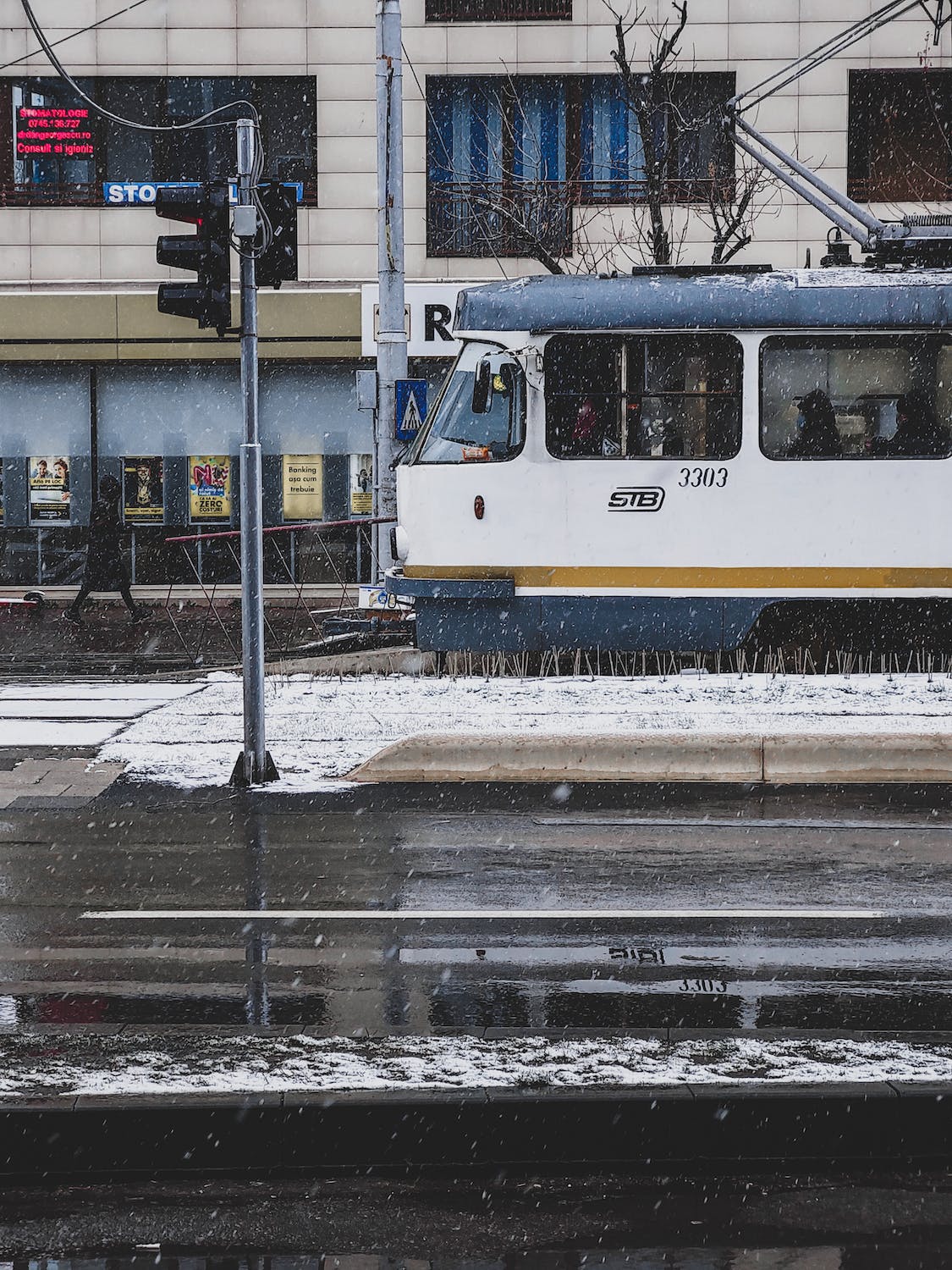
25 Jun BESTSELLING TRANSPORTATION FUTURIST: HOW WILL TRAVEL AND MOBILITY CHANGE IN THE YEARS AHEAD?
Like transportation futurists frequently underscore, the practice is a fundamental aspect of our daily lives, connecting people, goods, and services across the globe. Of course, in recent years, the field has also been undergoing major shifts as well. From the rise of electric vehicles to the introduction of more autonomous systems, a host of new trends and innovations are shaping the future of mobility. Being dutiful transportation futurists, we thought you might like a quick peek at what tomorrow may hold.
To kick things off: The rise of electric vehicles represents a significant shift towards greener transportation. As concerns about climate change and air pollution escalate, more automakers are investing in electric car manufacturing. Today’s hottest new EVs are powered by electricity, reducing or eliminating emissions associated with traditional internal combustion engines. Moreover, advancements in battery technology have extended the range of these conveyances, making them more practical for everyday use. With improved charging infrastructure and incentives for buyers, electric vehicles are becoming an increasingly viable and popular option for eco-conscious consumers.
Per transportation futurists, industry experts, and keynote speakers, autonomous vehicles (AVs) have captured the imagination of transportation enthusiasts and industry experts alike. These self-driving cars, trucks, and buses have the potential to completely reinvent the way that we travel. Autonomous vehicles leverage technologies such as artificial intelligence, sensors, and advanced algorithms to navigate and make decisions on the road. They offer the promise of enhanced safety, increased efficiency, and reduced congestion. Companies like Tesla, Waymo, and Uber have made significant strides in autonomous vehicle development, conducting real-world tests and refining their technologies.
And then there’s the idea of mobility as a service, which is an emerging concept that aims to integrate various modes of transportation into a unified, seamless service. Instead of relying solely on private car ownership, MaaS envisions a future where people can access transportation options on-demand through a single platform. This can include public transit, ride-sharing services, bike-sharing, and more. By combining different modes of transportation, such practices aim to optimize efficiency and reduce congestion, making urban mobility more sustainable and convenient.
In the quest for faster, more efficient long-distance travel, hyperloop technology and high-speed rail systems have also gained traction. If you’re not familiar with it, hyperloop involves using low-pressure tubes to propel passenger pods at high speeds. This innovation could revolutionize intercity transportation, significantly reducing travel times and opening up new possibilities for commuting and trade. What’s more, high-speed rail networks are being expanded in various countries, providing an environmentally friendly alternative to air travel for shorter distances.
Speaking as transportation futurists, we’d also tell you that urban air mobility envisions a future where air transportation becomes an integral part of urban landscapes. Electric vertical takeoff and landing (eVTOL) aircraft are being developed to offer on-demand air travel within cities. These compact, electric-powered vehicles could alleviate road congestion and provide faster transportation options for short distances. Myriad firms are actively working on developing prototypes and infrastructure for UAM.



